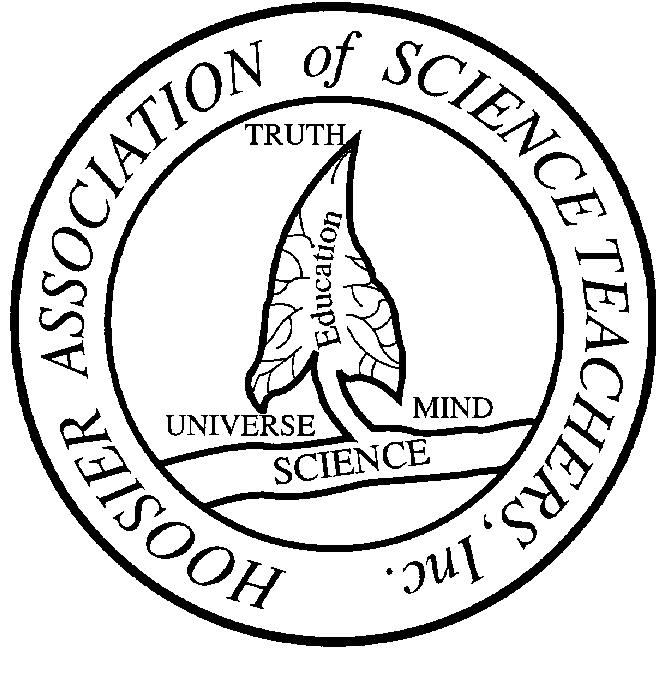Welcome to the Origin Chapters 2 & 3 Discussion!
Please note that in order to receive your 1 PGP for this discussion, you will need to make one original post and then reply to two other posts (for a total of three posts). Of course, this is the minimum requirement and more discussion is always encouraged.
Below are some questions to help facilitate discussion, but please feel free to add additional comments/questions as well!
1. The importance of geology to assist in dating archeological findings is mentioned at the start of chapter 2. Geoarchaeology is described on pages 58-60. What ideas do you have to make this important subject approachable to the students you teach?
2. Page 60 recounts the response of the Scientific American editor at the time these results were published: “In the first two paragraphs of his most interesting article, Mr. Cook, the author, makes claims concerning the proof of the antiquity of man in America-claims which the editor regards as requiring a still larger volume of substantiation than the available evidence affords. With Mr. Cook’s friendly concurrence, the present statement, in which the editor disclaims all responsibility for their inclusion, is published.” This quote speaks to the tentative nature of scientific knowledge. From the MacDiarmid Institute: “The tentative nature of scientific knowledge – refers to the idea that although reliable and durable, scientific knowledge is neither static nor definitive. Rather it is subject to change in the light of new evidence or interpretation of existing evidence.” What are ways that you communicate this tentative nature of science to our students, and why is it important that this be taught to the general population?
3. At the conclusion of chapter 2, Dr. Raff says “All scientists must hold themselves open to the possibility that we could be wrong, and it may very well be that in 5, 10, or 20 years, this book will be as out of date as any other. That possibility is what makes working in this field so rewarding.” Years ago, I spoke with a theoretical physicist and asked him how he would feel if his predictions about physics were incorrect. His response was “It doesn’t bother me at all. Whether I’m right or I’m wrong, I’m advancing my field.” How can the science and engineering practices from the NGSS contribute to these two perspectives?
4. The stone tools discussed in Chapter 3 lead to some concluding that “different toolkits across Alaska were made by individual groups of people with diverse cultural/technological strategies for different regions and/or seasons” (Origin, p. 113). What evidence supports this conclusion?
5. On pages 118-121 Dr. Raff discusses the evidence for child toolmakers. Are you surprised that more research has not been done into the children of this time? What are your thoughts about the research team’s interpretation about apprentice and skilled knappers?
